
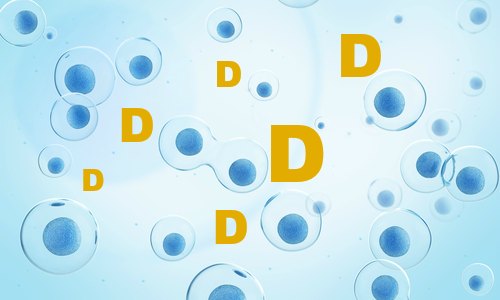
Vitamin D- Biological Functions
The creation of Vitamin D3 from natural sunlight is indeed the most effective way.
The principal physiological function of VitD3 in all vertebrates including humans is to maintain serum calcium and phosphorous levels to enhance cellular processes, neuromuscular function, and bone ossification.
This vitamin provides this ability by stimulating the intestinal absorption of Calcium and Phosphorous circulating as a hormone in the bloodstream to regulate both these minerals thus promoting growth and bone remodeling.
Without VitD3 only 10-15% of dietary calcium and 60% of phosphorus would be absorbed, with VitD3 these absorption values change from 30-40% and 80% respectively.
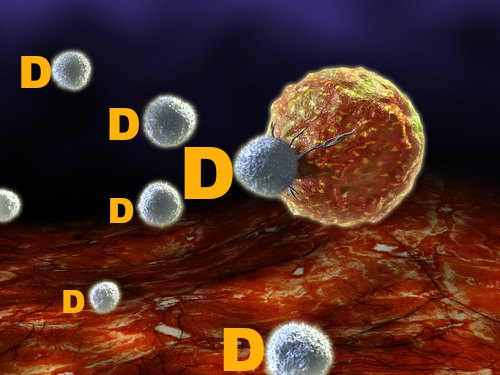
Vitamin D – Disease Prevention and Treatment
Apart from its function of Calcium/Phosphorous absorption it provides other biological functions.
One positive element that did come out of the human genome mapping, was the discovery of thousands of transcription binding sites within our DNA called Vitamin D Response Elements (VDRE) that are activated by VDR (Vitamin D Receptors) Transcription Factors.
These VDR (Vitamin D Receptors) are present in most tissues, cells and indeed organs, serving to regulate many hundreds of genes, and wherever natures has placed a VDR, it is there for a reason and the VDR on the ‘fast twitch muscle fibers‘ to protect against bone fracture is no exception.
Other Vit D3 functions include several cancer control mechanisms including the inhibition of cellular proliferation,
Angiogenesis (new blood vessel production), and the stimulation of Cathelicidin (an antimicrobial peptide) is secreted by Macrophages to destroy tumor formations.
Furthermore, it induces terminal differentiation (ensures the creation of 1 cell type from a stem cell), and natural Renin inhibition.
Renin is a protein/enzyme complex secreted by the kidney to increase blood pressure in response to, for example ‘Baroreceptors‘ which are pressure sensitive cells that detect low blood volume.
The Pharmaceutical industry manufacture synthetic drugs called Renin Inhibitors to treat Hypertension, since renin inhibition has a protective effect on the heart.
In addition since 1,25 Dihydroxyvitamin D3 the bodies active form of VitD3, can cross the Blood brain barrier it provides cognitive protection.
Studies exist that show high concentration of 1,25 DIHydroxyvitamin D3 lowers the risk of developing Multiple sclerosis by 62% and 90% lower risk of childhood Type 1 diabetes.
The Cholesterol-Heart health connection
Since the skin contains cholesterol, sun exposure sulphates the cholesterol into Cholesterol Sulphate. Lack of sun exposure according to Stephanie Seneff of MIT causes cholesterol Suphate deficiency, and both these nutrients are essential for heart function.
Within the cell membranes of heart cells called Cardiomyocytes ( these cells to generate contractile force responsible for control of rythmic beating of the heart) there are pouches called Caveolae.
The heart contains 2 types of cell the Cardiomyocytes that are Atrial cells that constitute the Atria ( the chamber where blood enters the heart), and Ventricular cells that consitute the ventricles ( the chambers where blood is collected and pumped out of the heart ).
The second heart cell are the Cardiac Pacemaker cells, which are also known as Sino-atrial (SA) nodal cells. Caveolae that are abundantly present in all of these cells are attached to ion channels and within the Cardiac Pacemaker cells they are Hyperpolarization-Activated Cyclic Nucleotide-Gated (HCN) channels responsible for generating the pacemaker current.
What is important the Caveolae are enriched with cholesterol, a nutrient required for their function, and a deficiency could lead to heart arrythmia or even heart failure.
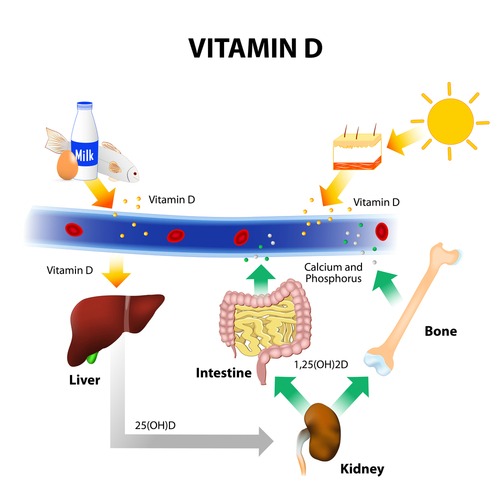
Vitamin D- Absorption
Our skin manufactures a sulphated (7-Dehydrocholesterol) cholesterol precursor form of VitD3 from UVB sunlight that has a wavelength of 280-320 nanometres which is the only wavelength that produces VitD3. The following diagram depicts the absorption and processing steps; 2 conversions are necessary from the skin absorption precursor VitD3 (Calciferol) to the liver (Calcidiol) for the final conversion to the active form of VitD3 (Calcitriol):

UVB sunlight is at its maximum between the hours of 10am-3pm. Before and after these daylight times UVA is at its maximum which has a wavelength of 320-400 nanometres and capable of penetrating the skin that can cause harm and burn the skin, but just as important, the body does not manufacture Vitamin D3 with UVA, in fact it destroys Vitamin D3 precursor, and can cause oxidative stress and photo aging of the skin.
UVA with its greater wavelength can penetrate glass, UVB cannot. The last thing you want to do if you can avoid it, is to work by a window all day without shade.
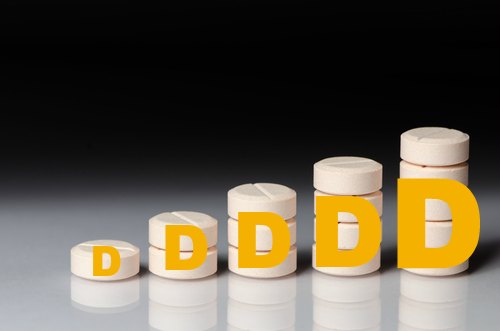
Vitamin D – Dosage
(Supplements vs Natural Sunlight)
As I have said before we are all individual so some can take 15 minutes of sun exposure several times/week and make enough to maintain adequate VitD3 serum levels, and others may need more time.
The darker your skin the more time you need, up to 3-5 times more, since our natural world made provisions for darker skinned population an additional protection to sunlight in more southerly regions of the planet, so if you live in more northerly parts of the planet it is important they take as much sun as possible to benefit from this essential vitamin.

Sun exposure
Vitamin D3 production in the skin occurs during the hottest times of the day (10am-3pm), so in general 1/2 hour-1 hour equivalent to approximately 1 minimal Erythemal (skin redness) dose of UV radiation just to make the skin pink is enough to absorb the equivalent ingested dose of VitD3 between 10,000-25,000 IU.
After the body has made enough (when 25(OH)Dm = 60 ng/ml (150 nmol/L) 7-dehydrocholesterol production ceases and no more VitD3 precursor is made because the body has a feedback mechanism to shut off VitD3 production once an adequate amount has been absorbed in the skin.
Toxicity from sun exposure cannot happen because of this biological protective mechanism (I have said it before.. we all inhabit a very smart organism).
The additional advantage from natural sun light is that UVB radiation interacting with skin also provides Sulphate, a very essential nutrient.
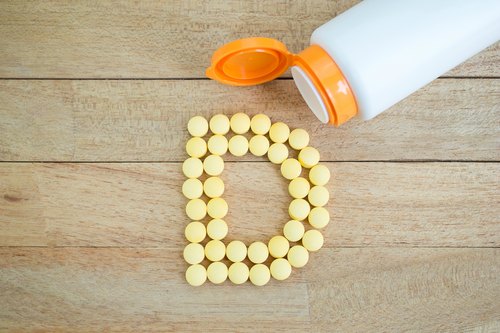
Supplements and the Vit D3 ‘Sun’ Doctors
Dr Michael Holick the leading expert on Vitamin D states that adults can take supplemental VitD3 at amounts of 10,000IU/day for at least 5 months without any toxicity.
You might start to reach toxic levels if 50,000 IU/day of supplemental VitD3 were taken for several months.
A blood level of 25(OH)D up to 100 ng/ml is considered to safe ( since a typical value from sun exposure = 10,000IU). 25(OH)D is a serum level that is measured in the blood, and 100IU = 2.5 μg raises it by 1ng/ml ( or another measurement is 2.5nmol/litre).
Therefore : 1000IU = 25 μg raises it to 10 ng/ml (25 nmol/L).
Ideally 25(OH)D = 60 ng/ml (150 nmol/L) a level achieved by a supplemental intake of 6000 IU/day.
Dr Robert Heaney another leading expert on Vitamin D3 from Creighton University who unfortunately died just recently from Brain Cancer, stated that the average person on a healthy diet of fish (twice/week), eggs, fortified milk, normally ingest approx 1500 IU through the diet so to take a supplemental form of D3 of 5000-6000 IU or get enough sun exposure should be sufficient to maintain good levels of 25(OH)D, providing all of the protective effects that come with the absorption of this Vitamin.
As I stated before, in general 1/2 hour of sun exposure in the height of summer between the hours of 10am to 3pm will generate 10,000IU without a problem.
I believe we get more from the sun than just Vitamin D3 i.e Scandium, one of the 60 essential minerals and closely related to VitD3 and calcium metabolism is also absorbed.
The efficacy of VitD3 supplements cannot provide the same benefits as from sun exposure but they are able to raise 25(OH)D serum to acceptable levels.
Family pets like cats and dogs can get VitD3 from their diet since they do not have the capability to synthesize enough through the skin as humans can.

Storage
It is suggested that VitD3 stores stay in the tissue for 6 weeks, after this time if they are not replenished the storage will diminish by 50%.
Dr Weil suggests that “if you get enough sun exposure in the summer, your body will make and store enough D to get you through the winter.”

Protection
Sunscreen certainly blocks VitD3 synthesis so a Natural sun block ( Not a poisonous synthetic sunscreen from the pharmacy shelf) after your 1/2 hour-1 hour might be prudent (a sunscreen of SPF 15 will actually block 99% of the amount of VitD3 made in the body) if you want to throttle your tanning over time.
Dermatologists want you out of the sun permanently..I know they mean well..and after all it is for our protection…lol
However sunshine and VitD3 production affords protection from the structure of the Epidermis.
You can enhance protection by taking all 90 essential nutrients with an emphasis on Vitamin A and an additional supplement of Krill oil.
Krill oil contains Astaxanthin a powerful antioxidant, and interestingly sea algae produce this substance to protect themselves from UV radiation as seen from the algae that express a red color when exposed to direct sunlight.
Some sea creatures such as Krill, Lobster, shrimp and salmon have have red/pink flesh because they feed on the algae that produce Astaxanthin, so human consumption of Krill can expect some added skin protection from direct sunlight as well. (Now I know where that expression comes from after tanning in the sun all day ‘As red as a Lobster’).
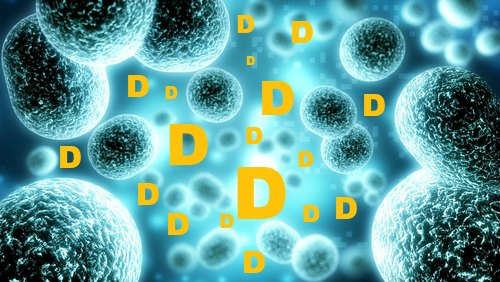
Toxicity
As mentioned above the body has a mechanism to prevent humans reaching toxic levels of manufactured VitD3 naturally from sun exposure by shutting down the VitD3 production when serum levels of VitD3 (25(OH)D) reach 60 ng/ml (150 nmol/L).
However, ingesting VitD3 supplements bypasses this protective mechanism so it is possible to reach toxic levels if enough is swallowed.
Dr Holick reminds us of an individual that ingested 1 million IU of supplemental VitD3 raising his blood serum 25(OH)D to 500 ng/ml (1500 nmol/L) resulting in a risk of Hypercalcemia (excessive calcium in the blood), Hyperphosphatemia (excessive phosphate in the blood), Nephrocalcinosis (excessive calcium levels in the kidney) and soft tissue calcification.

Deficiency
If you are one of those unfortunate people who would rather play Rise of Legends on the computer than go outside and bask in the sun, eat nothing that contains Vitamin D3 like meat, eggs, fish and are then diagnosed with Vitamin D deficiency than you need to quickly reverse the situation.
Dr Holick recommends taking 50,000IU of Vitamin D2 ( Vitamin D2 comes from plant sources and is a fraction of the potency found in Vitamin D3) once a week for 8 weeks (this is equivalent to taking 6000 IU of Vitamin D3/day).
Once the deficiency has been addressed and to prevent recurrence take 50,000IU of Vitamin D2 once every 2 weeks thereafter and 6 years on this therapy is effective in maintaining 25(OH)D above 30 ng/ml (75 nmol/L) which is the deficiency threshold.
Deficiency in VItamin D can have widespread implcations, and as we mentioned in the ‘Disease prevention and treatment section’, this vitamin directly influences more than 200 genes ( researchers found 2,776 binding sites throughout the genome) and prevents many Cancer conditions by its gene influence from its attachment to DNA ( Although, even today there is not a general consensus within the medical research community on this issue).
Calcium absorption would be compromised with insufficient Vitamin D3 levels.
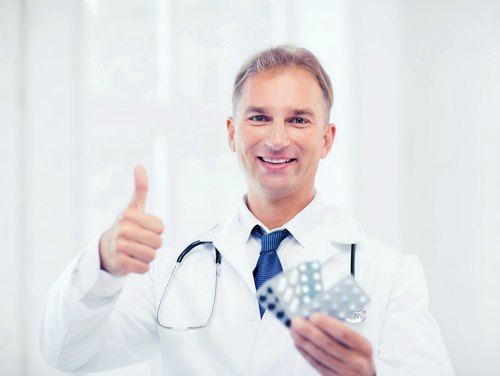
Pharmaceuticals to the Rescue
The Pharmaceutical industry are always ready to synthesis a natural substance in this case a VitD3 derivative or block something to, in their opinion enhance their function for the benefit of all mankind.
Amongst their arsenal they have produced the following synthetic substances:
- Alfacalcidol to treat osteoporosis
- Doxercalciferol to treat hyperparathyroidism
- Fale calcitriol to treat osteoporosis, secondary hyperparathyroidism, and hypoparathyroidism
- Calcipotriol to treat psoriasis and cancer
- Maxacalcitol to treat (psoriasis and secondary hyperparathyroidism )
- BXL 628 to treat prostate hypertrophy, cancer, and prostatitis
You should also be aware that several Corticosteroid drugs used as immunosuppressants, anti-inflammatorys, and for antiepileptic purposes are also available, but they also reduce Calcium absorption and impair VitD3 Metabolism and they include:
- Orlistat
- Cholestyramine
- Phenobarbital
- Phenytoin
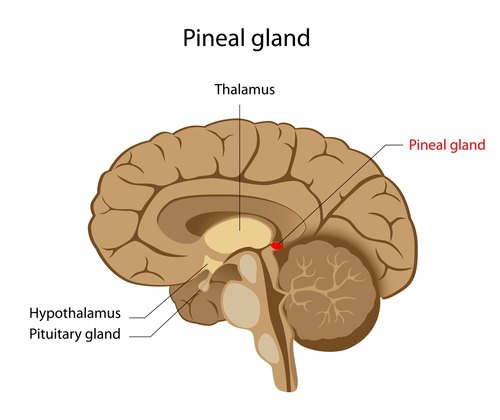
The Pineal Gland
This tiny gland that is situated on top of the Third ventricle of the brain in an area called the Epithalamus with direct access to the spinal fluid that it empties into with a substance called Melatonin a hormone substance that controls our sleep and wake periods referred to as our Circadian cycle.
Stephanie Seneff claims that this small endocrine gland also delivers Sulphate packaged within Melatonin to the spinal cord.
When light comes into contact with the eye it exerts its biochemical effect by the transmission of nerve impulses through a visual pathway to the visual cortex and the Suprachiasmatic Nucleus (the biological clock of the Hypothalamus) and regulates rhythmic melatonin output from the Pineal gland.
Sunlight plays an important role in providing the trigger mechanism for Pineal gland function and the regular delivery of Sulphate to the spinal fluid so wearing sunglasses most of the time blocks the sunlight getting to this gland.
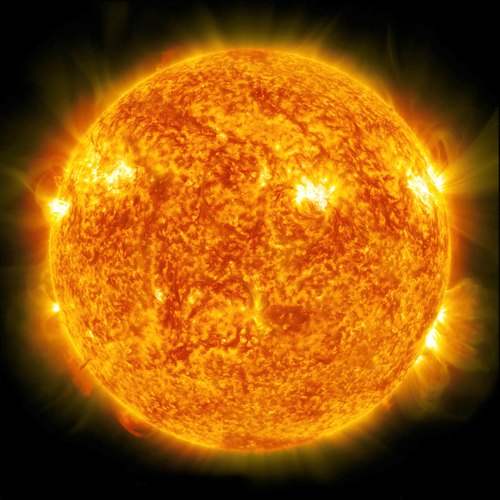
Capa: Our sun is dying. Mankind faces extinction. Seven years ago the Icarus project sent a mission to restart the sun but that mission was lost before it reached the star. Sixteen months ago, I, Robert Capa, and a crew of seven left earth frozen in a solar winter. Our payload a stellar bomb with a mass equivalent to Manhattan Island. Our purpose to create a star within a star.
[long pause]
Capa: Eight astronauts strapped to the back of a bomb. My bomb. Welcome to the Icarus Two.
Movie Quote : Sunshine 2007
Check out the Previous Article in this series:
https://www.extremehealthacademy.com/90-essential-nutrients-part-1-overview/
https://www.extremehealthacademy.com/90-essential-nutrients-part-2-b-vitamins-1-6/
https://www.extremehealthacademy.com/90-essential-nutrients-part-3-b-vitamins-7-12/
https://www.extremehealthacademy.com/90-essential-nutrients-part-4-vitamins-acde/
References/Acknowledgments:
- Cathelicidin an antimicrobial peptide produced by macrophages promote colon cancer by activating Wnt/B catenin pathway NIH 2015 D.Li, W.lui,X.Wang, J.lu, W.Quan, Y.yao, R.Bals,S.Ji, K.Wu, J.Gua, H.Wan
- Vitamin D The sunshine Vitamin NIH 2012 R.Nair,A.Maseeh
- Vitamin D-Lighful Solution for health Dr Michael Holick 2011
- Vitamin D Metabolism,Mechanism of Action & Clinical Applications 2014 D.Bikle Sciencedirect website
- Essentials of human Anatomy and Physiology Book Elaine Marieb 2000
- Modern Nutrition in health and disease M.Shils, M.Shike, C.Ross, B. Cabellero,R.Cousins
- Caveolae, Ion Channels and Cardiac Arrythmias 2009 Ravi Balijepalli & Timothy Kamp NCBI (PubMed)
- Influence of Vitamin D on cancer risk and treatment: Why the variability ? 2018 Rita Young & Ying Xiong NCBI (PubMed)
Author: Eric Malouin